Passionnate about every detail of nature 🌿🍄








C. (Cort.) spilomeus, C. (Hygr.) renidens, C. (Cort.) caperatus and C. (Cort.) subtortus




C. (Cort.) spilomeus, C. (Hygr.) renidens, C. (Cort.) caperatus and C. (Cort.) subtortus





























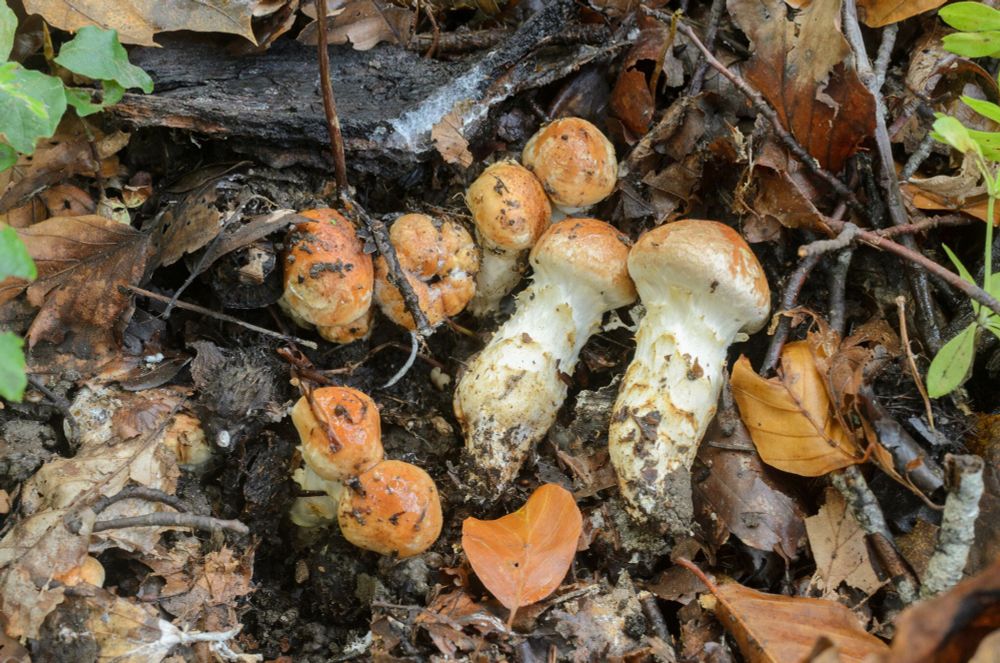





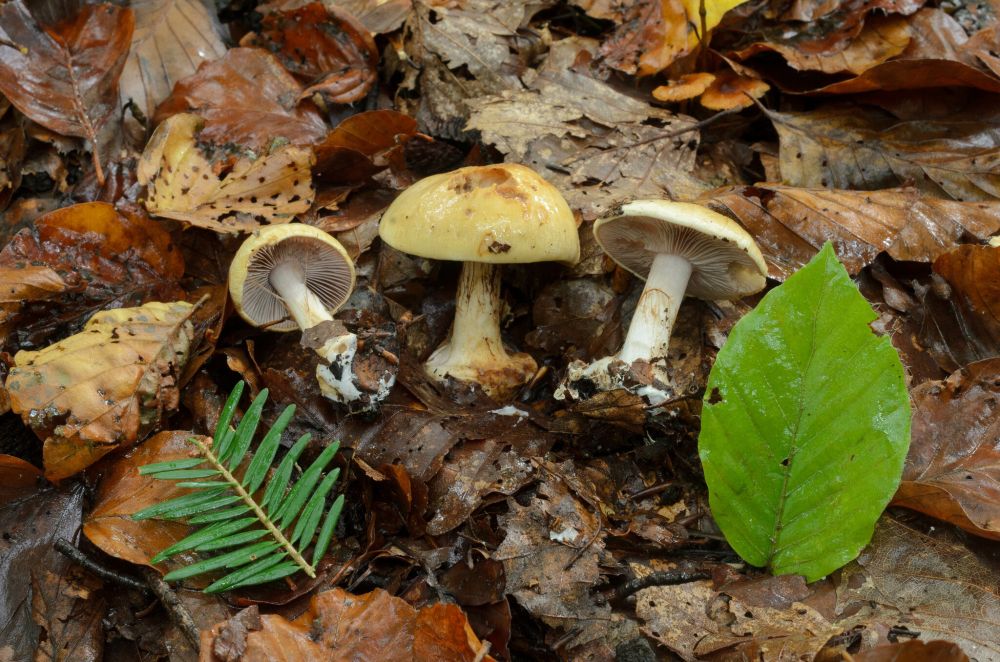









Here's Antherospora hortensis, a parasite on the anthers of Muscari armeniacum. These parasite are called anthericolous fungi and from originate diverse lineages. They hijack pollination so their spores are dispersed by insects!
#fungifriends




Here's Antherospora hortensis, a parasite on the anthers of Muscari armeniacum. These parasite are called anthericolous fungi and from originate diverse lineages. They hijack pollination so their spores are dispersed by insects!
#fungifriends

#fungifriends


#fungifriends
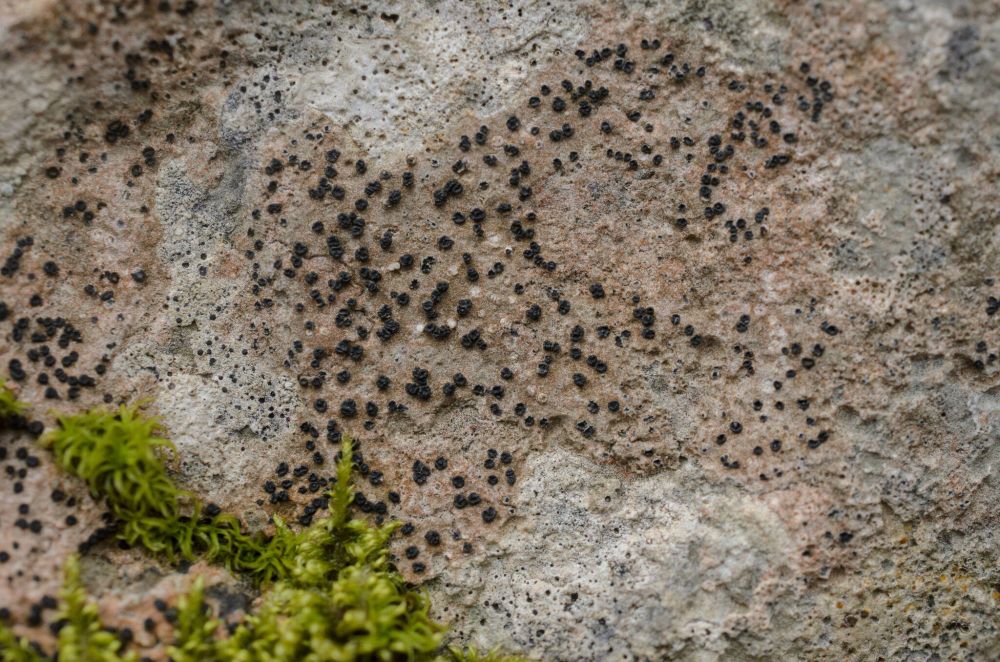
Learn more in this very interesting article:
doi.org/10.1080/0027...

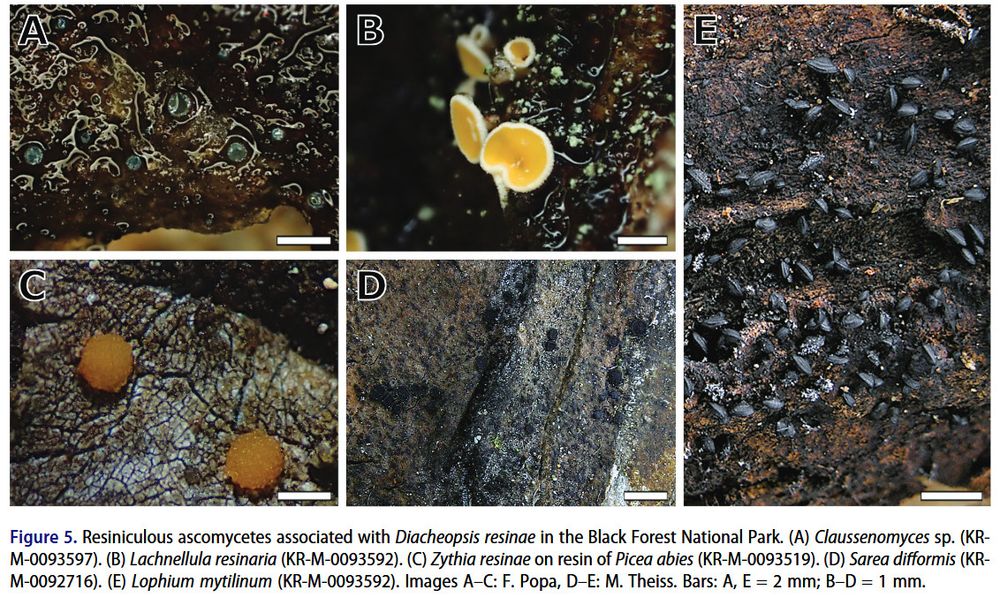
Learn more in this very interesting article:
doi.org/10.1080/0027...

The substrate is dried resin from an old spruce tree. When a tree is injured, it secretes resin to covert the injury to avoid parasite infections. Much like a bandage! However, some fungi like this substrate as it's high in sugar.

The substrate is dried resin from an old spruce tree. When a tree is injured, it secretes resin to covert the injury to avoid parasite infections. Much like a bandage! However, some fungi like this substrate as it's high in sugar.
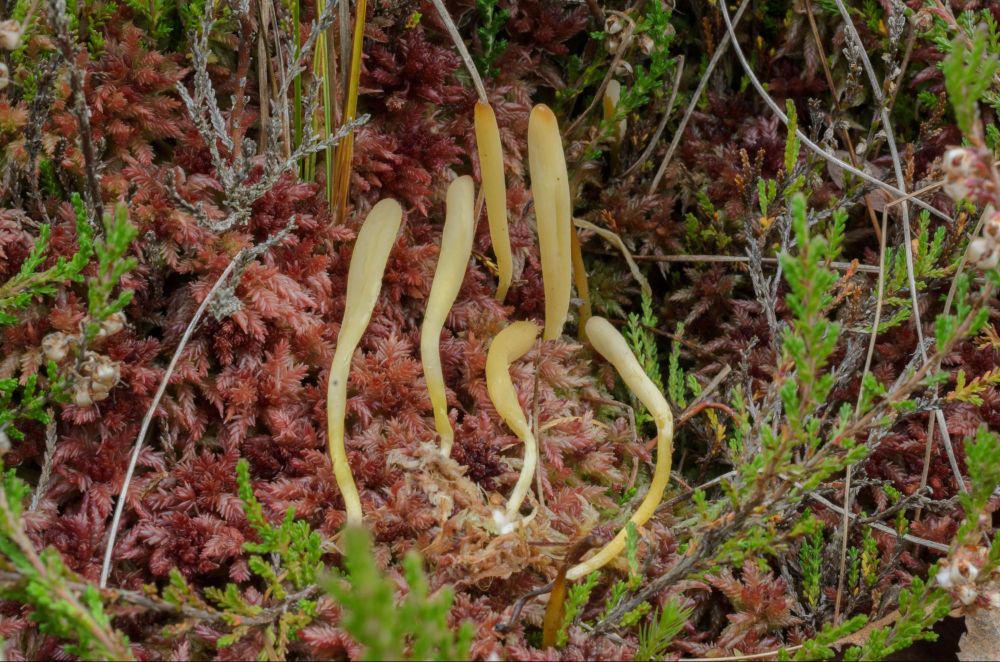
www.inaturalist.org/stats/2024/n...

www.inaturalist.org/stats/2024/n...

